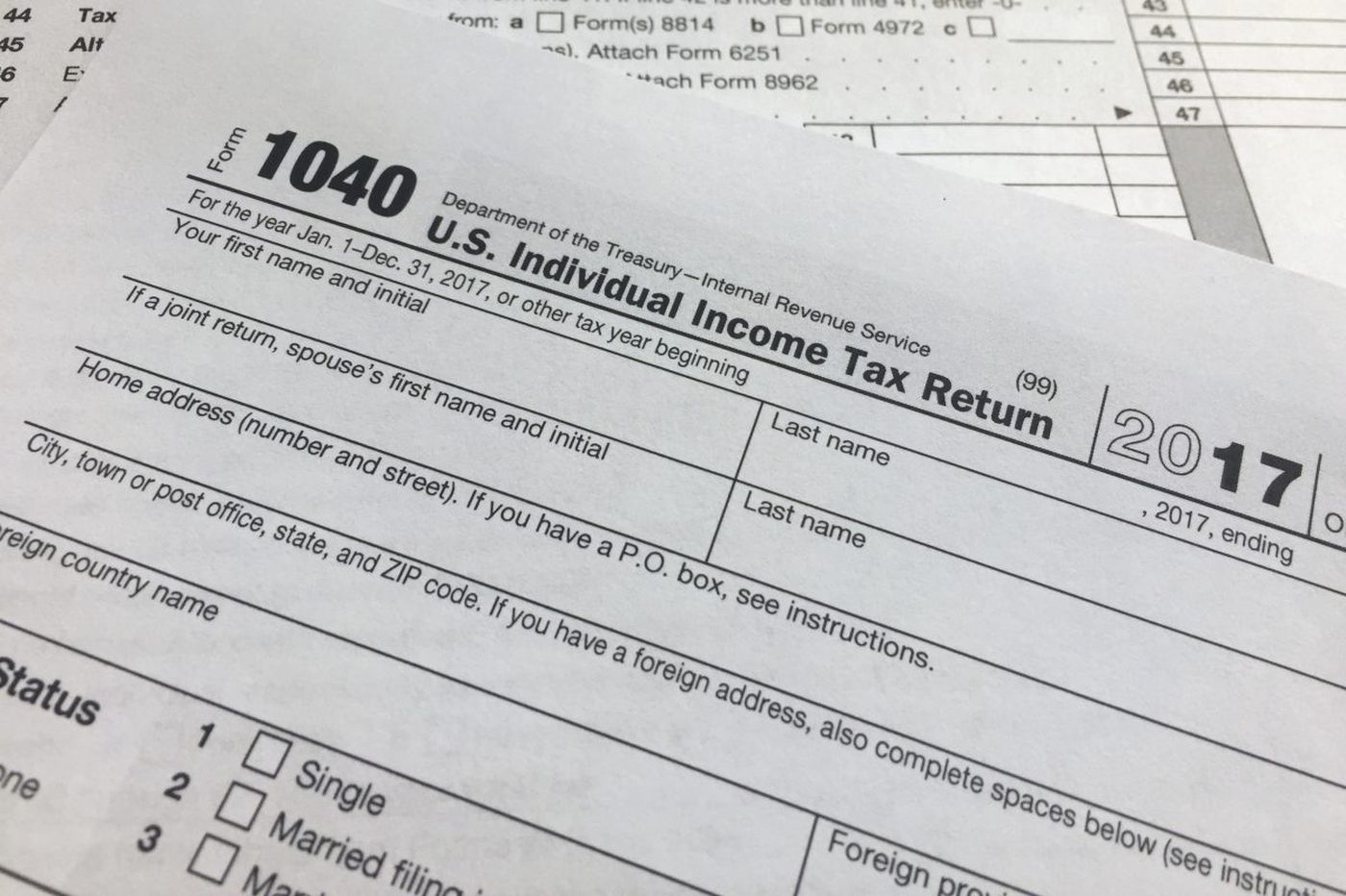The April 15 tax deadline is fast approaching, but many filers realize they need more time to complete and file accurate returns. Thankfully, submitting a tax extension with the IRS can provide critical extra months without penalty. This article explores key insights for last-minute filers regarding 2024 tax extensions, including reasons to file, how to request an extension properly, implications to understand, and strategies to leverage the additional time wisely.
Why Filers Need Tax Extensions
Millions of taxpayers request extensions every year for legitimate reasons.
- Missing documents: W-2s, 1099s, and other tax statements—may arrive late. Filing with incomplete or inaccurate data leads to problems.
- Recent life events: Major changes like a job loss, move, marriage, divorce, new child, or death in the family can make filing challenging.
- Complex finances: Those with extensive investments, business activities, rental properties, foreign assets, or estates need added time to file completely and accurately.
- Tax professional requests: accountants and tax experts managing complex returns often ask for more time.
Without an extension, filing an incomplete or inaccurate return by April 15 can result in processing delays, penalties, and potential IRS audits down the road.
How to File a Tax Extension
Thankfully, requesting an extension is simple. Here are the key steps:
- Submit Form 4868. File the extension request form electronically or via mail by April 15, 2024.
- Estimate tax liability: calculate the total tax owed for 2023 and make an extension payment if needed.
- Get automatic approval: Taxpayers automatically receive extra time once Form 4868 is transmitted or postmarked by tax day.
Tax software and IRS Free File make extension submissions easy. Alternatively, complete Form 4868 manually and mail it to the IRS by April 15, keeping proof of mailing.
Key Implications of Filing an Extension
While extensions provide welcome relief, filers should understand:
Drawbacks
- Interest and penalties accrue. These fees apply if estimated taxes were underpaid by April 18.
- Less time for some IRA contributions: Traditional and Roth IRA contributions can’t be made after the October 2024 extended deadline.
- A separate state filing may still be required. Some states don’t align with the October 15 IRS deadline.
Benefits
- Avoid failure-to-file penalties: Extensions mean this penalty, which can reach 25% of unpaid taxes, won’t apply.
- More accurate filing: The extra time ensures complete, precise returns, avoiding the need for later amendments.
- Potential tax savings: Intervening legal changes could provide retroactive tax reductions for 2023.
Strategies for Last-Minute Filers
Follow these best practices with an eye toward the new October 15 deadline:
- Evaluate if an extension makes sense. Consider your personal situation and ability to file completely by April 15.
- Estimate taxes conservatively. When making extension payments, err on the high side to minimize interest and penalties.
- Request extension electronically – Online filing of Form 4868 by April 15 is the easiest, most reliable approach.
- Gather documents and complete the return. Use the extra months to prepare and submit a thorough, accurate tax return.
Common Extension Mistakes
Avoid these errors that can sabotage your extension’s effectiveness:
- Not making an extension payment: You must pay at least 90% of your total liability to avoid most penalties.
- Missing April 15 extension deadline: The October 15 filing deadline only applies if Form 4868 is transmitted or postmarked by April 15.
- Forgetting state tax extensions: Federal extensions don’t necessarily cover separate state filing requirements.
Best Practices for Ongoing Tax Management
Leverage these tips all year long to simplify filing:
- Keep organized records – Good documentation habits prevent last-minute fire drills.
- Understand all deadlines and obligations – Clarify federal and state filing rules and payment requirements.
- Proactively plan tax payments – Withholding, estimated payments, retirement contributions all impact year-end liability.
- Seek professional advice – Tax pros help navigate complex situations and optimize outcomes.
- Use extensions to avoid rushed filing – They provide a fail-safe option when more time is really needed.
In summary, tax extensions provide vital breathing room for filers struggling to complete returns accurately, with an automatic six-month reprieve from looming deadlines. By leveraging extensions strategically and meeting payment obligations, last-minute filers can reclaim control and maximize their tax outcomes. Reach out for professional assistance if needed; extra help finishing the job correctly can pay dividends in the long run.
